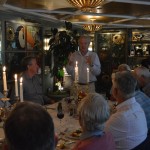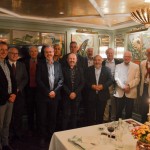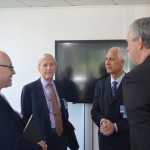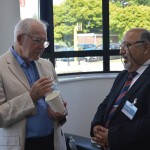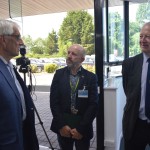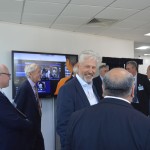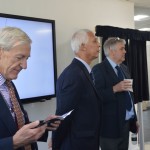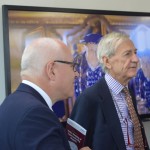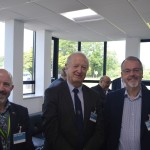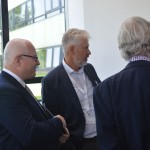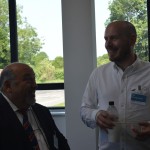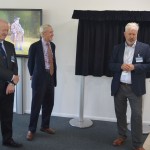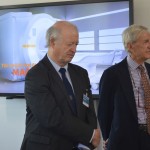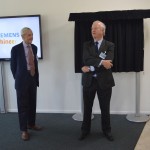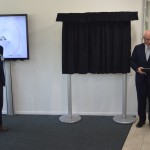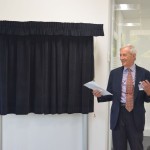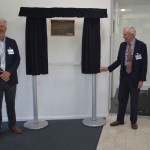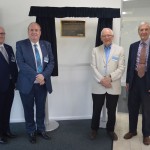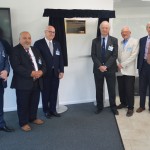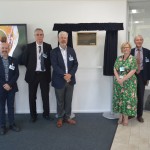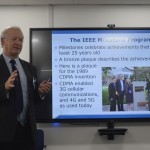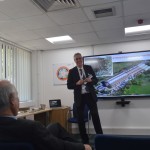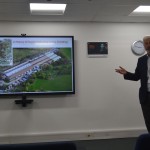IEEE Milestone Award Event | Active Shielding of Superconducting Magnets for MRI, 1984-1989
The invention of the superconducting magnet (1961) by Martin Wood enabled the generation of very strong magnetic fields far beyond the reach of copper wire solenoids, which suffer from the heating effect of currents flowing in normal conductors.
However, it is in the nature of magnetic fields that they cannot readily be contained within the large-volume work space needed to accommodate the human body, for example. In special environments, such as industrial laboratories, hospitals, etc where magnetic fields above 1 Tesla (10,000 Gauss) may be used, the ‘stray’ fields can be problematic and need to be severely reduced, typically to a level of a few Gauss. Passive shielding is feasible for moderately large field strengths, using ferromagnetic materials, but this adds considerable bulk and weight, and loses its shielding property at the highest fields needed in Magnetic Resonance Imaging(MRI) applications.
Active shielding solved these problems by the addition of superconducting coils that reduce the stray fields to acceptable levels, without requiring the use of the heavy and bulky structures needed for passive shielding.
Over the past 60 years, the original conception of the superconducting magnet by Oxford Instruments and its successor companies evolved to the point where MRI applications became commercially viable (1980). Active shielding was seen to be essential to satisfy floor loading and space limitations, without significant structural work being needed in hospitals.
The Siemens Magnet Technology Company (1984) assumed responsibility for the development of more advanced designs, using higher magnetic fields, that met these challenges and reduced stray fields to acceptable levels.
On 17th June 2022, we celebrated the IEEE Milestone Award that recognises the outstanding engineering achievement by Siemens of the commercially successful superconducting magnet system that has transformed the science of medical imaging, building on the heritage rooted in the fertile environment in Oxford in the 1960s.
The plaque unveiling was performed by IEEE Past President Professor Jose Moura and Ralf Seidler, Managing Director, Siemens Magnet Systems/Technology. The unveiling was followed by a factory tour and series of technical talks on the technology underpinning superconducting magnets as well as the IEEE Milestones program.


